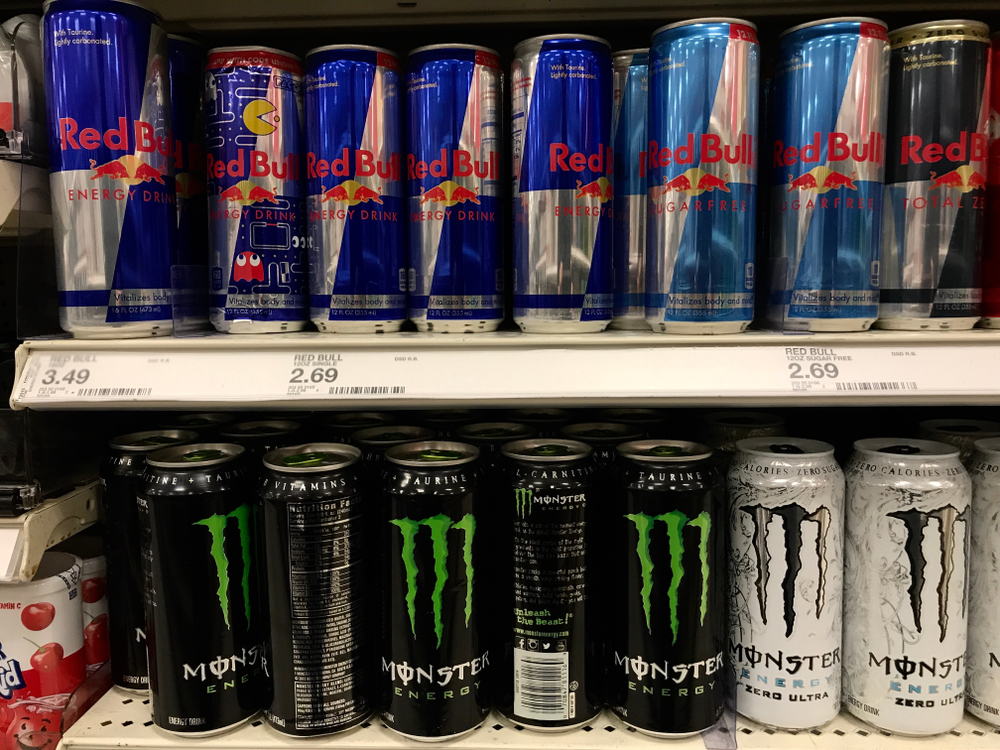Manipulating mouse brains during sleep improved their ability to remember new experiences that would normally be forgotten – a finding with important implications for treating Alzheimer’s disease and other forms of dementia that act on…
Category: 6. Health
-

Heavy energy drink consumption may increase heart disease and stroke risk, doctors warn
UK doctors warn that heavy energy drink consumption may increase stroke and cardiovascular disease risk, following a BMJ case involving extreme daily caffeine intake.

A daily habit of multiple high-caffeine energy drinks may…
Continue Reading
-
Mutations in Mitochondrial Genes Ameliorate Pathology in Friedreich’s Ataxia Model – Genetic Engineering and Biotechnology News
- Mutations in Mitochondrial Genes Ameliorate Pathology in Friedreich’s Ataxia Model Genetic Engineering and Biotechnology News
- Mutations in mitochondrial ferredoxin FDX2 suppress frataxin deficiency Nature
- New Path Found for Treating Rare…
Continue Reading
-

Cumbrian hospital visitors urged to wear face masks to slow flu spread
 BBC
BBCThe Cumberland Infirmary is among the hospitals overseen by the North Cumbria Integrated Care NHS Foundation Trust People needing hospital treatment in parts of Cumbria are being asked to wear a face mask if they have symptoms of flu or other…
Continue Reading
-

Short-term outcomes, complications and long-term survival of elderly p
Introduction
The global elderly population is projected to reach 15.9% by 2050, with higher rates in industrialized countries.1 The occurrence of pelvic fragility fractures is increasing due to aging of populations, osteoporosis and falls.2 The…
Continue Reading
-

The PHERGuide study demonstrates the utility of circulating tumor DNA for the early detection and real-time monitoring of localized HER2+ breast cancer
- The results of the PHERGuide study, presented during the 2025 San Antonio Breast Cancer Symposium (SABCS), demonstrate that the presence of circulating tumor DNA (ctDNA) is associated with disease stage.
- This research…
Continue Reading
-

Bude school closes in bid to break the spread of flu and strep A
A secondary school has been closed for two days because of an outbreak of flu and streptococcus infection.
Head teacher of Budehaven Community School in Bude, Dominic Wilkes, said there had been more than 270 pupils and 32 members of staff off…
Continue Reading
-

Gastroenterologist shares subtle first signs of 7 chronic illnesses that may not be obvious
While chronic illnesses are becoming common among people at an alarming rate, we are far from experts at recognising the earliest signs of trouble.
Chronic health issues may creep up with early symptoms remaining unrecognised, warns Dr… Continue Reading
-

Feel like you gained 5 kilos right before your period? Nutritionist shares 5 nutrition hacks to manage PMS symptoms
Feeling bloated, heavy, or as if you’ve suddenly gained five kilos right before your period is a familiar experience for many – only for everything to return to normal once menstruation begins. That “mystery weight” isn’t fat at all,…
Continue Reading

